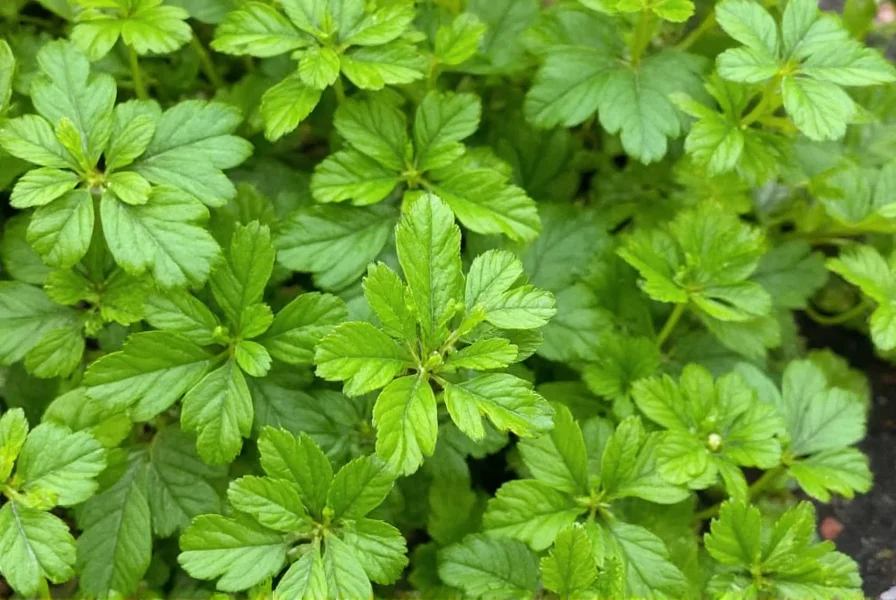Many home cooks and even grocery stores mistakenly label culantro as "Mexican coriander," creating widespread confusion about this essential herb in Caribbean, Latin American, and some Asian cuisines. Understanding the difference between these plants is crucial for authentic cooking and proper substitution when recipes call for this misunderstood ingredient.
Why the Confusion Between Mexican Coriander and Cilantro?
The term "Mexican coriander" emerged because culantro shares some flavor similarities with cilantro (coriander leaves), though they belong to different plant families. Cilantro comes from Coriandrum sativum, while culantro is Eryngium foetidum, part of the Apiaceae family but a different genus entirely. This mislabeling persists in markets across North America, causing frustration for cooks seeking authentic ingredients.
Culantro vs. Cilantro: Key Differences
Despite the confusing nickname, culantro and cilantro have significant differences that affect how you should use them in cooking:
| Characteristic | Culantro ("Mexican Coriander") | Cilantro (Coriander Leaves) |
|---|---|---|
| Botanical Name | Eryngium foetidum | Coriandrum sativum |
| Leaf Shape | Long, saw-toothed edges, grows in rosette pattern | Delicate, lacy, rounded leaves on thin stems |
| Flavor Intensity | Stronger, more pungent, earthier | Fresher, brighter, more citrus-like |
| Heat Tolerance | Holds up well to cooking | Loses flavor quickly when cooked |
| Common Uses | Base for sofrito, stews, soups, rice dishes | Garnish, salsas, fresh sauces, guacamole |
Identifying Culantro: What Mexican Coriander Actually Looks Like
Culantro features long, serrated leaves that grow in a rosette pattern from the base of the plant. The leaves can reach 1-2 feet in length with a tough, somewhat leathery texture. When crushed, they release a powerful aroma reminiscent of cilantro but more intense and earthy. The plant produces small white flowers on tall stalks when it matures.

Culinary Applications of Culantro
Chefs value culantro for its remarkable heat stability—a quality that makes it indispensable in cooked dishes where cilantro would lose its flavor. In Caribbean cooking, culantro forms the foundation of sofrito and recaito, essential flavor bases for many traditional dishes. Puerto Rican chefs incorporate it into rice and beans, while in Panama and Colombia, it features prominently in chicken and fish stews.
Unlike cilantro, which typically serves as a fresh garnish, culantro withstands extended cooking times, making it perfect for:
- Simmered bean dishes and lentil soups
- Caribbean rice and peas
- Meat and vegetable stews
- Marinades for grilled foods
- Traditional Jamaican jerk seasoning
Finding and Substituting Culantro
Locating fresh culantro can be challenging outside specialty markets. Look for it in Latin American grocery stores, often labeled as "recao," "shadow beni," or mistakenly as "Mexican coriander." Asian markets sometimes carry it too, where it may be called "ngò gai" in Vietnamese or "pak chee farang" in Thai.
When culantro proves unavailable, consider these substitution strategies:
- Use 3 times the amount of cilantro for fresh applications
- For cooked dishes, combine cilantro with a small amount of fresh parsley for better heat stability
- Add dried culantro (available in some specialty stores) early in the cooking process
- For authentic Caribbean flavor, include a pinch of culantro powder in your sofrito base

Growing Your Own Culantro
Gardeners can successfully grow culantro in partial shade, unlike cilantro which prefers full sun. The plant thrives in moist, well-draining soil and reaches maturity in 8-10 weeks. One advantage for home growers: culantro doesn't bolt (go to seed) as quickly as cilantro when temperatures rise, making it more reliable during warmer months.
When harvesting, cut outer leaves first to encourage continued growth. Store fresh culantro wrapped in a damp paper towel inside a plastic bag in your refrigerator for up to two weeks—significantly longer than cilantro's typical 3-5 day shelf life.
Preserving Culantro Flavor
To maintain culantro's distinctive flavor for future use, try these preservation methods:
- Freeze whole leaves in ice cube trays with water or oil
- Dry leaves completely then grind into powder for seasoning blends
- Blend with oil to create a flavorful paste for freezing
- Store in vinegar for use in pickling recipes











 浙公网安备
33010002000092号
浙公网安备
33010002000092号 浙B2-20120091-4
浙B2-20120091-4